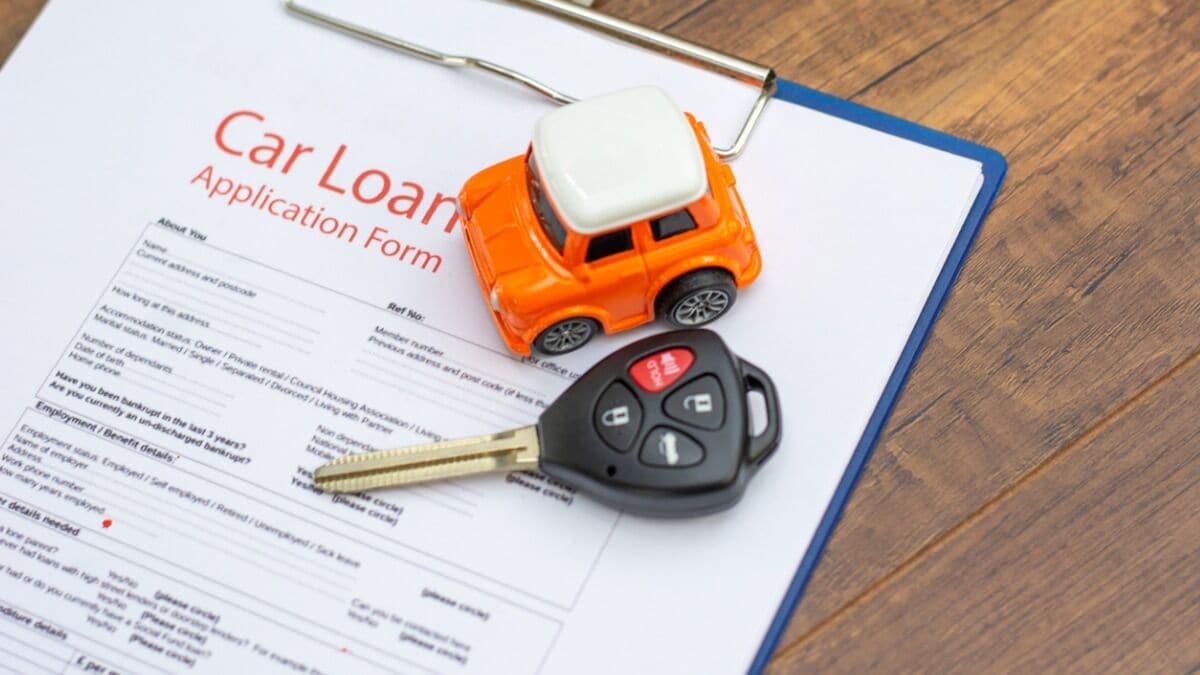
- Auto lenders report more refinancing applications than they’re used to seeing
- It may be happening because of high pandemic-era car prices
Banks and credit unions that lend money to buy cars are reporting a strange phenomenon — they’re seeing just as many applications as they’re used to, but fewer for new cars. More Americans are seeking to refinance existing auto loans.
Related: 76% of Recent Buyers Want to Refinance Their Car
Michael Williams, senior vice president of consumer lending at American First Credit Union, explained the trend at a recent industry summit. In a normal year, he said, about 65% of the company’s business is new loans. Another 35% comes from refinancing. In 2025, though, it’s “closer to 50-50.”
PenFed Credit Union hasn’t seen as big a spike. However, PenFed Vice President Chris Kleczynski, who leads the lender’s auto market strategy, says refinancing applications have grown from 15% of its business to as much as 25% this year.
Industry publication Automotive News notes, “On the heels of these spring refinancing reports, the major national lender Chase announced in June it will reenter the auto refinance business.”
Related: Can You Refinance a Car Loan? 5 Pro Tips
Why the sudden spike?
It likely has to do with a pandemic-era problem.
Prices Were High When Interest Rates Started to Rise
- Many borrowers are underwater because prices were so high early in the COVID-19 pandemic
In 2022, many car shoppers found themselves pinched by high prices and high interest rates.
Parts shortages and factory shutdowns during the height of the COVID-19 pandemic meant automakers built about 8.1 million fewer new cars than they would have under normal circumstances.
Related: Refinancing a Car: Pros and Cons
Meanwhile, government efforts to spur the economy put more money in some Americans’ pockets. With supply low and shoppers free to spend, car prices went up.
Then, the Federal Reserve began raising its benchmark interest rate. Between March and December of that year, rates rose from 0.25% to 4.25%.
Rates are still high, and given the current economic uncertainty, it’s unclear if the Fed will make any cuts in the near future.
Shoppers who bought at pandemic-era prices find themselves with higher-interest loans on expensive cars.
They can’t easily trade in those cars to get a lower payment because they bought at an inflated value and may owe more than the car is worth.
The solution? Not a new car, but a new loan.
It’s a problem for car dealers, who often profit off the original loan and can lose money when a buyer refinances later. But it can work out well for the borrower. Automotive refinance company iLending reports that the average consumer saves about $140 a month through a refinance.

